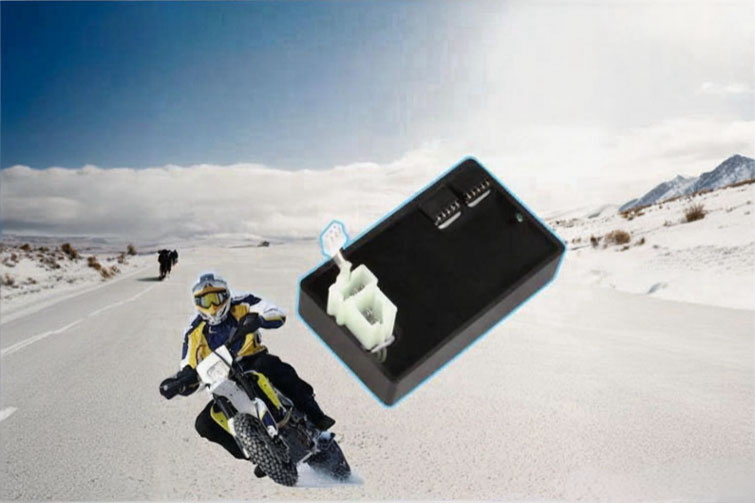Causes and Repair Methods for a Broken Ignition in Gasoline Vehicles
The ignition system plays a crucial role in gasoline vehicles, as it is responsible for igniting the air-fuel mixture in the engine’s combustion chamber. When the ignition system or its components fail, the engine may misfire, run poorly, or even fail to start altogether. Understanding the causes of ignition system failure and the appropriate repair methods can help vehicle owners maintain performance and prevent costly breakdowns.
Common Causes of Ignition System Failure
- Worn-Out Spark Plugs Spark plugs are the most common parts to fail in the ignition system. Over time, the electrodes wear out due to constant exposure to high voltage and heat. Carbon deposits or oil fouling can also prevent proper sparking. When spark plugs deteriorate, the engine may experience misfires, reduced fuel efficiency, and sluggish acceleration.
- Faulty Ignition Coils Ignition coils convert the battery’s low voltage into the high voltage needed to create a spark. If a coil becomes damaged or overheated, it can fail to produce sufficient voltage. Common symptoms include hard starting, poor idling, and engine vibration. Moisture and corrosion on the coil terminals may also lead to weak or inconsistent sparks.
- Defective Ignition Wires or Connectors High-voltage wires deliver current from the ignition coil to the spark plugs. When these wires age or become damaged, they can develop cracks, which allow current to leak or short-circuit. This can cause intermittent misfires, poor combustion, and loss of power. Loose or corroded connectors can also interrupt the electrical flow.
- Ignition Switch Problems The ignition switch is responsible for sending power from the battery to the ignition system. A malfunctioning switch can prevent the engine from starting or cause it to shut off unexpectedly while driving. Over time, internal contacts within the switch may wear down or burn due to electrical arcing.
- Electronic Control Unit (ECU) Malfunction Modern vehicles use an ECU to manage ignition timing and spark generation. If the ECU or its sensors fail, the timing signals may become inaccurate, leading to poor performance or engine stalling. Faulty crankshaft or camshaft position sensors are also common reasons for ignition timing issues.
- Battery and Alternator Issues A weak battery or failing alternator can cause insufficient voltage for the ignition system. Low voltage affects the coil’s ability to generate a strong spark, leading to starting difficulties or weak engine performance.
Repair and Maintenance Methods
- Regular Spark Plug Replacement It is recommended to inspect and replace spark plugs every 30,000 to 50,000 kilometers, depending on the vehicle type and plug material. Always use the manufacturer-specified plug type and ensure proper gap adjustment before installation.
- Testing and Replacing Ignition Coils Use a multimeter to check coil resistance and continuity. If readings fall outside the manufacturer’s range, the coil should be replaced. In vehicles with coil-on-plug systems, each cylinder’s coil can be swapped for testing purposes.
- Inspecting and Replacing Ignition Wires Visually inspect wires for cracks, corrosion, or signs of arcing. Damaged wires should be replaced as a set to maintain consistent resistance and performance. Ensure all connections are tight and clean.
- Servicing the Ignition Switch If the ignition switch is found faulty, it should be replaced rather than repaired, as internal contacts are difficult to restore. When replacing, disconnect the battery first to avoid short circuits.
- Diagnosing ECU and Sensor Problems Use an OBD-II scanner to detect fault codes related to the ignition system. Replace any malfunctioning sensors or reprogram the ECU if necessary. In some cases, a simple software update may resolve the issue.
- Maintaining the Electrical System Regularly check the battery voltage and alternator output. Clean battery terminals and ensure the charging system works properly to supply adequate power to the ignition system.
Conclusion
A malfunctioning ignition system can lead to a wide range of engine problems, from hard starting to complete engine failure. Preventive maintenance—such as timely spark plug replacement, coil inspection, and battery checks—can significantly reduce the risk of ignition failure. When a problem does occur, diagnosing it early and performing proper repairs will help restore engine performance, improve fuel efficiency, and extend the vehicle’s lifespan.




